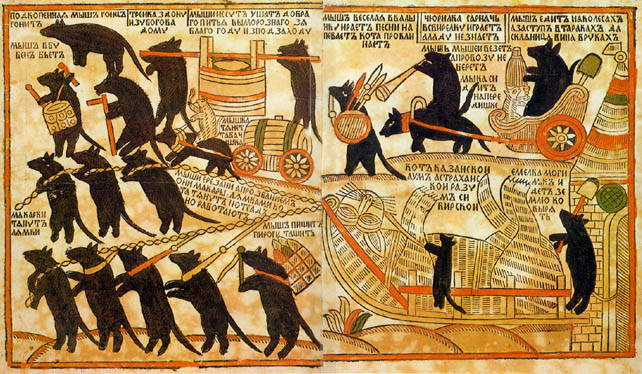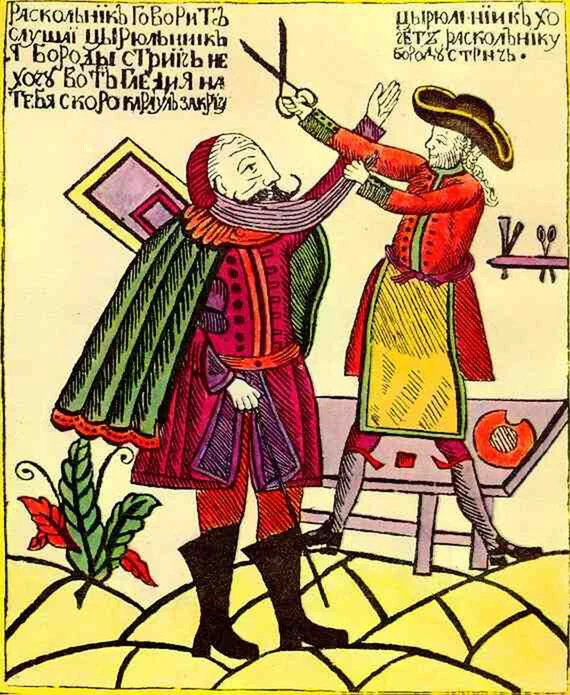Peter the Great Quiz
1/22
There's no tags or description
Looks like no tags are added yet.
Name | Mastery | Learn | Test | Matching | Spaced |
|---|
No study sessions yet.
23 Terms
Tsar Mikhail I
Started of the Romanov Dynasty
16 years old when crowned
1613 to 1645
A distant relative of Ivan IV’s wife, Anastasia
Helped stabilize the country after the Time of Troubles
Tsar Alexis I
Mikhail’s son
1645 to 1675
Passed the 1649 Law Code
Opened Russia’s ports to the west
Pushed borders to the Pacific
Bohdan Khmelnytsky
A Ukrainian Cossack
Led a revolt against the Polish rule
Signed Treaty of Pereyaslav agreement w/ Russia
Peter the Great
As a boy: healthy, rambunctious, lots of freinds —> as a man: 6’7”
Played pretend war games and aspired to be a military commander
Co-tsars with Ivan V (half-brother) while Sophia (half-sister) was Russia’s regent till he became of age
The Streltsy reign of terror consisted of killing Peter’s close relatives —> Once became Tsar, forced Sophia into a covenant and
Peter was determined to establish a warm water port in the Black Sea, so he built a navy (drawback: Russia is practically landlocked), captured the Turkish city of Azov, and gained an open door
Obsessed with modernizing Russia —> hoping to learn better ship building, modern medicine practices, architecture, dentistry and minting coins.
While Peter traveled to Western Europe, the Streltsy revolted —> Peter brutally murdered and arrested the uprising (some exiled to Siberia)
Westernizing Russia by no longer authorizing nobles to wear kaftans + no beards allowed (or paid a tax) —> resenting traditional customs
Moscow seemed too primitive and gloomy; Boyars were too medieval-looking; the Orthodox Church wielded too much power
Created the Table of Ranks
Founded St. Petersburg in 1703 under forced labor
Disappointed in his son —> Imprisoned him and left no heir to the throne
Advancements:
- Military Schools
-The press (newspapers)
-Hospitals
-Postal Services
-Creation of the Russian Navy
Remade Russia from an isolated kingdom to a modern global power
Regent Sophia
Half-sibling of Peter the Great.
Following their father, Tsar Alexei I’s death and their half-brother, Fydor, she was incharge of Russia until Peter came of age.
Compromise: Peter and Ivan V were co-tsars, while she was regent.
1682 to 1689
Streltsy followed her order
Once Peter turned 17, she was sent to a convent to become a nun.
Charles XII
King of Sweden in 1700
determined to control most of the Baltic coast
Participant in The Great Northern War w/Russia
The battle on the Narva was a victory for the Swedes
Afterward, King turned his attention toward facing off the Poles
In 1709, Russia faced off with Sweden once more on the Poltava and won —> Sweden lost control over the Baltic
Prince Alexei
Peter the Great’s son
Peter was unimpressed with his work ethic + his lack of want/skill to become Tsar
Fearing his father’s anger, Alexei fled to Western Europe
Eventually lured back —> labeled as a traitor for abandoning his nation
Resulting in his imprisonment where he would spend his last days (recorded: beaten w/ a whip till death) —> Unknown if Peter intended for his son to die.
No son —> no heir to the throne —> Catherine I would become Tsarina
Alexander Pushkin
Considered one of Russia’s greatest poet
Wrote the Bronze Horseman
Father was a direct descendent of an Ethiopian prince + a general in Peter’s army
Died only 37 years old —> fighting a duel to defend his wife’s honor
Time of Troubles
Chaotic upheavals
Constant hardships
Famine and Diseases
Without political leaderships
Romanov Dynasty
Established right after the Time of Troubles; Stabilized the country
First Tsar: Mikhail Romanov
3 centuries long
1649 Law Code
passed by Tsar Alexis I
legalized serfdom (peasant farmers are tied to the land) —> Peasants had uprising and periods of constant unrest
Treaty of Pereyaslav (1654)
Ukrainian Cossacks are against impending Polish rule (led by Bohdan Khmelnytsky)
He proposes a the treaty as a compromise: in exchange for protection, Ukraine would pledge its loyalty to the Tsars
Result: Most of left bank Ukraine (not all) break away from Polish rule
Result: granted a degree of autonomy (self-government)—> fully incorporated into the Russian Empire for the next 300+ years
Streltsy
elite soldiers who sided with Regent Sophia and her reign
Massacred Peter’s close relatives
When Peter returned from his trip to the West, the streltsy were in open revolt —> Peter authorized the arrest of most strelsty members; most killed or exiled to Siberia
Warm-Water Port
A port that doesn’t freeze over in the winter
Establishes easy access to trade
Russia was landlocked + Peter wanted a successful navy and ships
Preferred the Black Sea —> Occupied by the Azovs, but Peter eventually gained control.
Next, he wanted a port on the Baltic Sea —> led to the Great Northern War w/ Sweden —>Defeat at Narva —> Building of St. Petersburg —> Victory at Poltava + easy access to the Baltic coast
Table of Ranks
a 14 level program where civil servants or commanding officers had to go through each category and successfully move up
hoped to achieve a more widen composition of nobility & make them more efficient
Peter didn’t want incompetent nobility to inherit high positions + Peter knew there was talent among the lower class
Alexander Menshikov: first job was selling pies but he eventually became a leading army commander & a trusted friend and advisor to Peter
remained in effect till the Bolshevik Revolution in 1917
Great Northern War
Began with Russia wanting control of the Baltic Sea when primarily Sweden (Charles XII) had custody
1700 to 1721
Battle of Narva: Defeat —> led to Peter building more effective war ships & the construction of St. Petersburg along the Neva river
Battle of Poltava: Victory —> a major city in place + access to Baltic ports
Battle of Narva
Russians were soundly defeated by Swedish troops
However, in preparation for a second attempt, Peter built Northern War Ships & constructed St. Petersburg near the Neva River
Battle of Poltava
a decade long
A Russian victory
Importance: Russia was now a great European power w/ a major city & access to the Baltic Sea
St. Petersburg
founded in 1703
near the mouth of the Neva River (meets the Gulf of Finland)
The are was swampy and marshy
“city built on bones”
Drafted tens of thousdand of men and forced them to work under any circumstances
Steaming hot summers where diseases festered in swamplands (malaria, scurvy) & a lack of water supplies
bone-chilling winters; winds whipping from the Gulf of Finland
Thousand of laborers died
The Bronze Horseman
A famous poem written by Alexander Pushkin BUT also a famous statue by Etienne Falconet
Famous statue dedicated to
the memory of Peter the Great from Catherine the Great
The main character, Yevegeni, faces a traumatic storm and flood and is slowly descending into madness as he wanders around St. Petersburg looking for his love, Parasha —> Ends w/ Yevegeni at Parasha’s washed away house, dead, of a broken heart.
Peterhof Palace
Famous palace 20 miles outside of St. Petersburg & looks over the Gulf of Finland
Construction started under Peter the Great (1722)
Has been called the “Russian Versailles”
WW2: decimated by invading Germans
Now: rebuilt & a major tourist attractions

Mice Burying the Cat
Mice —> represent Peter’s subjects
Cat —> represents Peter
Three mice are celebrating the Tsar’s death by dancing and playing instruments
The mouse with the crutch could represent a laborer of the construction of St. Petersburg, who must have gotten injured in the construction process.
Overall message: subjects were celebratory for the Tsar’s death as they no longer could be controlled under his reign

Beard Tax
Left Man —> Subject w/ a beard
Right Man —> a clean shaven Peter the Great
Represents the Beard Tax: subjects had to pay a tax in order to own a beard
Peter hoped to modernize Russia —> converting away from traditional nobel clothing (kaftans & beards) to a more western look
Overall message: Peter believed the noble class was too primitive and medieval; he admired the Western look and wished to incorporate that into his reign by any means necessary (thus forcing a beard tax upon his citizens to usher men to shave their beards)